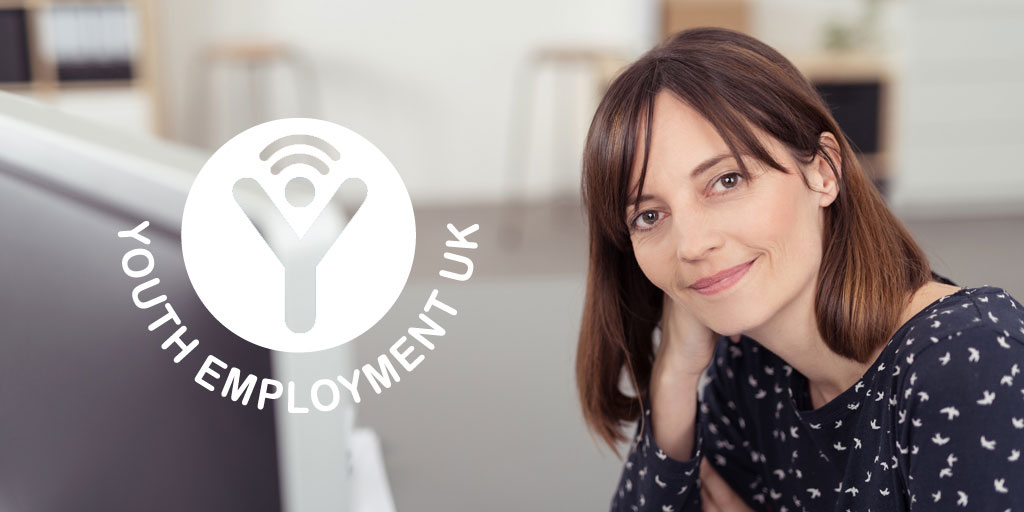You’ve probably heard about how important inclusivity is and how we could all do with being a little more inclusive in the ways we speak, behave, and interact with others. But you might be a bit stuck on exactly what that looks like.
That’s why we’re offering a series of guides on how to be more inclusive in the ways you work and study. Today we are looking at communication. Whether you’re in the workplace or working on a group project at school or university, inclusive communication can make or break the success of your team.
Here are five tips for more inclusive communication that can help you at any stage of your career.
Cultivate and practice empathy
At its core, diversity and inclusion is centred around empathy. Empathy means the ability to understand and share the feelings of another. In other words, are you considering how your words and the way you communicate might be impacting others?
This means putting yourself in another person’s shoes and being able to imagine a way of moving through the world that is different from your own. While everyone has a unique experience and responds to things differently, beginning from a place of empathy will never steer you wrong.
Make small inclusive changes
Switching to more inclusive communication doesn’t have to mean completely overhauling the way you speak. Instead, many of us can become more inclusive communicators simply by making small adjustments to the things we say day to day.
For example, you might wish to switch from gendered language (“ladies and gentlemen” or “guys”) to inclusive language (“everyone” or “folks”). You might consider the ways in which many people casually use ableist language in everyday speech and swap out those terms for an inoffensive alternative. And so on. None of these are big changes, but they can make a big difference to how included your colleagues and classmates feel.
Don’t assume everyone communicates the same way that you do
Just as important as what you say is how you communicate. Do not assume that the methods of communication you use are equally preferred or accessible to everyone. As far as you possibly can, offer people different options in how they prefer to be communicated with.
This can look lots of different ways. For example, if you have a Deaf person on your team, they may prefer to communicate primarily in writing or ask you to face them when you talk so that they can read your lips. Some neurodiverse people (including but not limited to those with Autism) might take things literally, so it’s important to avoid abstract language and ensure that your meaning is clear.
Some people love to talk on the phone, while others find it exhausting. Some love the back-and-forth of a spoken conversation, while others prefer to gather their thoughts and put things down in writing.
If you’re not sure what someone prefers? Always ask and never make assumptions.
Work on your listening
One of the main ways that communication fails is due not to what we say, but to how we listen (or don’t). Are you truly listening to everyone in your group or team, or are you zoning out when they speak or planning what you want to say next?
So if you want to communicate in a more inclusive way? Stop talking and start listening. Face the person who is talking, pay attention, and ensure that your body language is open and receptive. Put your assumptions and preconceptions to the side and really listen. If you want to ensure you’ve understood them correctly, paraphrasing what they’ve said to ensure you’ve got it right is a great strategy.
Don’t interrupt, don’t start mentally preparing your response, and try not to jump to conclusions based on your first emotional response.
Be prepared to adjust
Inclusivity is not a one-and-done box ticking activity. It’s ongoing and requires constant learning and adjustment. One of the most important things you can do is not assume that you know it all. If someone tells you that the way you’ve phrased something isn’t inclusive or could cause offence, keep an open mind and listen to what they have to say. Don’t get defensive or assume they’re just looking for something to be upset by.
Here’s another tip: if someone corrects you, you don’t have to fall over yourself to apologise multiple times or convince them that you’re trying your best. A simple “thank you, I didn’t know that” and amending your choice of wording in the future is all that’s needed.
How can you be more inclusive today?
Remember that inclusivity is a journey, not a destination. All of us could take steps to improve our communication style to become more inclusive. Make a commitment to making some small changes to become a more inclusive communicator today. It might feel forced at first, but the more you practice, the more natural it will become. And when we strive to be more inclusive, everyone benefits!








